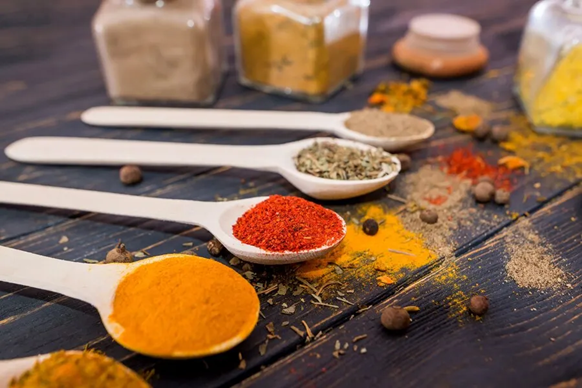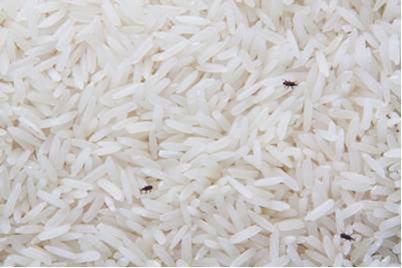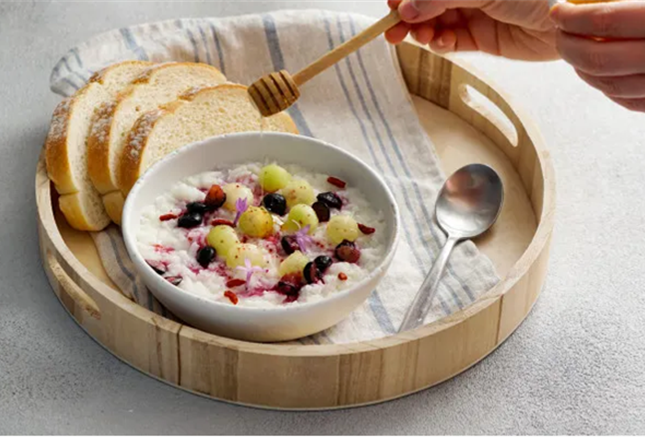You may have come across news of “chlorinated chicken” or “chlorinated meat” which, at first read, may sound alarming. These terms are commonly seen in news articles to refer to raw meat that has been rinsed with “chlorinated water”.
The use of Pathogen Reduction Treatments (PRTs) is an internationally accepted measure adopted by the global food industry to remove harmful bacteria and ensure the safety of raw meat. SFA has reviewed our regulatory approach towards the use of PRTs and will allow the use of specific SFA-approved PRTs within prescribed limits on both imported and locally-slaughtered meat. PRTs are to be used in addition to and not as a substitute to good hygiene practices.
This article explains the concept of PRTs on raw meat, whether food which has had PRTs applied are safe for consumption, and the measures SFA has to prevent the misuse of PRTs.
What are Pathogen Reduction Treatments (PRTs)?
PRTs refer to various chemical and biological substances, including organic acids (such as vinegar and lactic acid), oxidising agents (such as ozone and hypochlorites) and even proteins like lactoferrin. PRTs may be used in the form of a rinse, dip, spray or wash on raw meat cuts at various points in slaughterhouses or meat cutting plants.
Why are PRTs used on meat?
PRTs are used to reduce the number of harmful microbes, which can cause food poisoning, on raw meat. This increases the food safety of raw meat.
PRTs should be used as part of a multi-pronged food safety strategy, with each step improving food safety. This cumulative effect achieves a much higher level of assurance than with PRTs alone.
Is meat which has undergone PRTs safe for consumption?
SFA requires proper food safety measures to be undertaken from farm to fork, so that both imported and locally produced meat are safe for consumption. SFA only approves PRTs after a rigorous safety assessment process. This involves examining how the PRT acts on microbes, how it is applied, the levels of residues left on the meat product and whether these residues are safe.
There is clear scientific evidence, supported by the international food standards setting body, Codex Alimentarius Commission (CAC), which is formed by the Food and Agriculture Organisation (FAO) and the World Health Organisation (WHO), that PRTs are an effective measure which can be used by the meat industry to further assure the safety of meat. Many countries, such as the United States, Australia, Japan, Canada, New Zealand and Singapore have approved the use of PRTs on meat.
Overall, the residual levels of PRTs in meat range from very low to none as these substances break down over time, as well as following preparation and cooking.
How does SFA ensure that PRTs are not misused?
SFA requires local slaughterhouses and cutting plants which use PRTs to document the type of PRT used and usage levels, as part of their food safety management programme (e.g. Hazard Analysis Critical Control Point). SFA officers regularly inspect and collect samples from these establishments to ensure compliance. SFA also does not allow PRTs to be used as a substitute for good hygiene practices (e.g. must not be used to decontaminate spoilt meat).
Overseas meat sources must come from SFA-accredited countries and establishments. SFA works closely with overseas authorities to ensure the safety of our imported meat. As part of our accreditation criteria and import conditions, these establishments may only use SFA-approved PRTs without compromising our required hygiene practices. These imports are also subject to our food safety surveillance programme, which includes inspection and testing.
What role can consumers play?
Everyone along the food chain – food safety authorities, the food industry and consumers – have a role to play in ensuring food safety. Consumers can do their part by adopting good food safety and hygiene practices such as the following:
Purchase meat from SFA-approved businesses (e.g. SFA-licensed retailers and importers).
If not frozen, raw meat should be kept at a suitably cold temperature (below 4°C) until cooking.
Do not wash raw meat, as this can spread pathogenic bacteria all around the kitchen working area.
Thaw frozen meat overnight in the refrigerator, or if for immediately cooking, rapidly using a microwave or in some chilled water.
Wash your hands thoroughly with soap after handling raw meat.
Cook raw meat thoroughly before consumption.
Clean food appliances and utensils that have been in contact with raw meat thoroughly.
About the Author
Herman Teo is a Senior Scientist from the Risk Assessment and Communications Department of the National Centre for Food Science. With a Masters in Food Science and Human Nutrition from the National University of Singapore, his recent work includes the regulatory framework for insects for food and feed, and examining emerging food processing risks.



